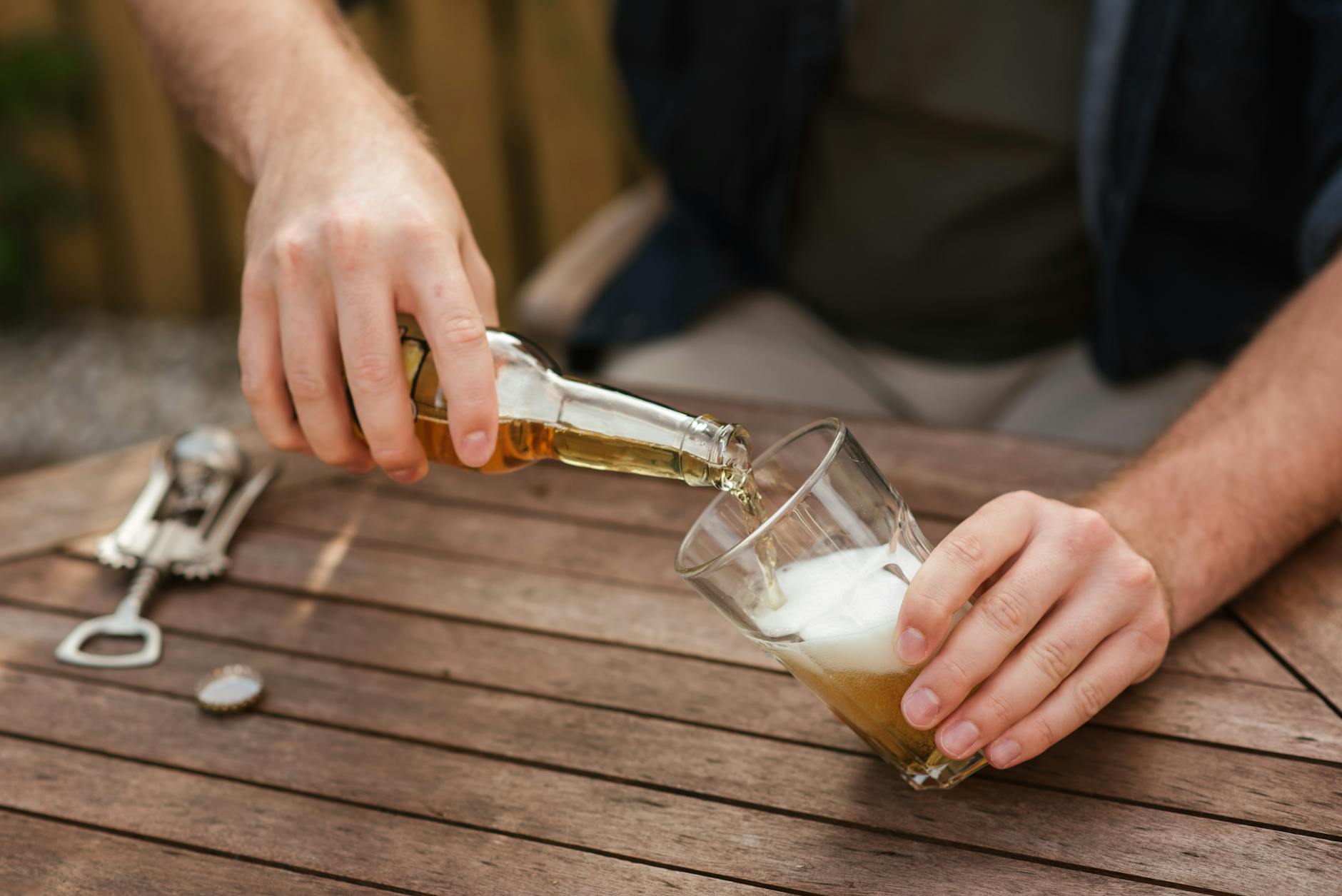Uncover the secrets of calculating your drunkenness potential with beer using a unique formula that will surprise and enlighten you.
Table of Contents
Picture this: you’re at a social gathering, surrounded by friends and good vibes. The beer is flowing, and you can’t help but wonder, “How many beers does it take to get drunk?” It’s a question that many of us have pondered at one point or another, and the answer isn’t as simple as it may seem. Let’s dive into the science behind alcohol intoxication and explore the factors that influence how much alcohol it takes for you to feel the effects.
Factors Influencing Alcohol Intoxication
When it comes to alcohol intoxication, there are several key factors to consider. One of the most important is your personal tolerance level. Some people may find themselves feeling tipsy after just one beer, while others can handle several drinks before feeling any effects. Your tolerance can be influenced by a variety of factors, including genetics, frequency of alcohol consumption, and overall health.
Gender differences also play a role in how alcohol affects the body. Generally speaking, women tend to reach higher blood alcohol concentrations than men after consuming the same amount of alcohol. This is due to differences in body composition, metabolism, and enzyme activity.
Your body weight and metabolism can also impact how alcohol affects you. A larger person with a higher metabolism may be able to process alcohol more efficiently, while a smaller individual may feel the effects more quickly. Additionally, the type of alcohol you consume can play a role in intoxication levels, as beverages with higher alcohol content will lead to faster intoxication.
The Science Behind Alcohol Metabolism
Alcohol metabolism is a complex process that takes place in the liver. When you consume alcohol, it is broken down by enzymes in the liver into acetaldehyde, a toxic substance that can cause damage to cells. The body then works to further metabolize acetaldehyde into acetic acid, which is eventually eliminated from the body.
Blood alcohol concentration (BAC) is a key factor in determining intoxication levels. BAC is measured as the percentage of alcohol in the bloodstream, and levels above 0.08% are considered legally intoxicated in most states. Factors such as gender, body weight, and the rate of alcohol consumption can all impact your BAC.
The liver plays a crucial role in the detoxification process, as it is responsible for breaking down and eliminating alcohol from the body. However, the liver can only process a certain amount of alcohol per hour, which is why drinking too quickly can lead to rapid intoxication.
Tips for Responsible Drinking
While it can be fun to indulge in a few drinks with friends, it’s important to do so responsibly. Knowing your limits and being aware of how alcohol affects your body is key to staying safe while drinking. Understanding standard drink sizes can help you keep track of how much alcohol you’re consuming, and knowing when to stop can prevent over-intoxication.

Image courtesy of www.lizshealthytable.com via Google Images
If you’re looking to enjoy a social gathering without drinking alcohol, there are plenty of alternatives to consider. Non-alcoholic beverages, mocktails, and other alcohol-free options can still allow you to participate in the fun without the intoxicating effects of alcohol.
Remember, the key to responsible drinking is moderation. By staying informed and making conscious choices about your alcohol consumption, you can enjoy a night out with friends while prioritizing your health and well-being.
Conclusion
So, how many beers does it take to get drunk? The answer is not a one-size-fits-all calculation. Your tolerance, body composition, and a variety of other factors all play a role in determining how alcohol affects you. By understanding the science behind alcohol metabolism and practicing responsible drinking habits, you can enjoy a night out without putting yourself at risk of over-intoxication.
Next time you find yourself reaching for a drink, remember to listen to your body, know your limits, and make informed choices about your alcohol consumption. Cheers to a fun and safe night out!
FAQ
How can I calculate my tolerance to alcohol?
Calculating your tolerance to alcohol involves considering factors such as genetics, frequency of alcohol consumption, gender, body weight, and metabolism. It’s a complex interplay of various elements that contribute to how alcohol affects your body.
What is the legal limit for blood alcohol concentration (BAC) when drinking?
In most states, the legal limit for blood alcohol concentration (BAC) is 0.08%. Exceeding this limit can result in being charged with driving under the influence (DUI) or driving while intoxicated (DWI).
How does gender impact alcohol metabolism?
Gender can impact alcohol metabolism due to differences in body composition, metabolism, and enzyme activity. Generally, women tend to reach higher blood alcohol concentrations than men after consuming the same amount of alcohol.
What are some tips for responsible drinking?
Tips for responsible drinking include knowing your limits, understanding standard drink sizes, pacing yourself, opting for non-alcoholic alternatives, and making informed choices about your alcohol consumption. Practicing moderation and staying informed can help you enjoy social gatherings safely.
Generated by Texta.ai Blog Automation


Leave a Reply